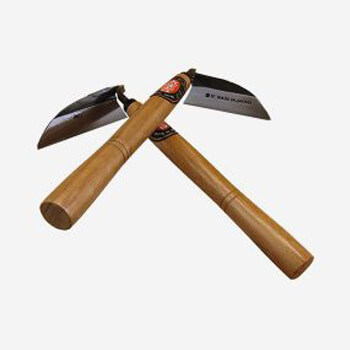10 月 . 09, 2024 08:48 Back to list
Selection Guide for Industrial Check Valves for Efficient Fluid Management
Understanding Industrial Check Valves A Crucial Component in Fluid Systems
In the world of industrial fluid control, check valves play a critical role in ensuring the efficient and safe operation of various systems. A check valve, also known as a one-way valve, is designed to allow fluid to flow in only one direction, preventing backflow that could potentially harm equipment and disrupt processes. This article delves into the significance, types, and applications of industrial check valves.
The Importance of Check Valves
Check valves are vital in preventing reverse flow in pipelines, which can lead to pressure fluctuations, contamination, and equipment failure. By maintaining the unidirectional flow of fluids, these valves help protect pumps, compressors, and other components from damage caused by back pressure. Moreover, they help maintain system efficiency and reliability, making them indispensable in industries such as oil and gas, water treatment, and chemical manufacturing.
Types of Check Valves
Several types of check valves are available, each designed to suit specific applications and operating conditions. The most common types include
1. Swing Check Valve This type features a disc that swings on a hinge. It opens when fluid flows in the desired direction and closes when flow reverses. Swing check valves are ideal for low-pressure applications and are commonly used in HVAC systems.
2. Lift Check Valve In a lift check valve, the disc moves vertically to allow flow. It is suited for high-pressure applications and can be used in steam, water, and gas systems. Lift check valves provide a tight seal and are less affected by pressure changes.
industrial check valve

3. Ball Check Valve This valve utilizes a ball that sits in a seat. When forward flow occurs, the ball is pushed away from the seat; however, if backflow happens, the ball falls back into the seat, sealing the pipe. Ball check valves are compact and reliable, ideal for many applications.
4. Diaphragm Check Valve Utilizing a diaphragm to control flow, this valve is often used in applications requiring sanitary conditions, such as food and beverage processing. The diaphragm provides excellent sealing properties and prevents contamination.
Applications of Check Valves
Check valves find their applications across various industries. In water and wastewater treatment plants, they prevent backflow that could compromise the cleanliness of treated water. In the oil and gas sector, they are essential in preventing backflow during extraction and transportation processes, ensuring the safety and integrity of the system.
Additionally, check valves are extensively used in chemical processing to prevent hazardous materials from flowing back into systems, thereby protecting equipment and personnel. They are also important in heating and cooling systems, where they help maintain pressure and flow direction, enhancing system efficiency.
Conclusion
In conclusion, industrial check valves are a critical component in a wide range of fluid systems. Their ability to prevent backflow not only protects equipment and ensures system reliability but also enhances overall operational efficiency. With various types available, industrial check valves can be tailored to meet specific requirements across diverse applications. As industries continue to evolve, the demand for reliable and efficient fluid control solutions will ensure that check valves remain a cornerstone of industrial operations.
Share
-
Understanding the Differences Between Wafer Type Butterfly Valve and Lugged Butterfly ValveNewsOct.25,2024
-
The Efficiency of Wafer Type Butterfly Valve and Lugged Butterfly ValveNewsOct.25,2024
-
The Ultimate Guide to Industrial Swing Check Valve: Performance, Installation, and MaintenanceNewsOct.25,2024
-
Superior Performance with Industrial Swing Check Valve: The Essential Valve for Any SystemNewsOct.25,2024
-
Industrial Swing Check Valve: The Ideal Solution for Flow ControlNewsOct.25,2024
-
You Need to Know About Industrial Swing Check Valve: Functionality, Scope, and PerformanceNewsOct.25,2024